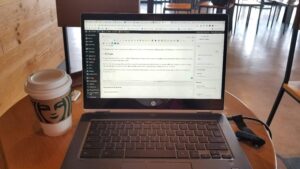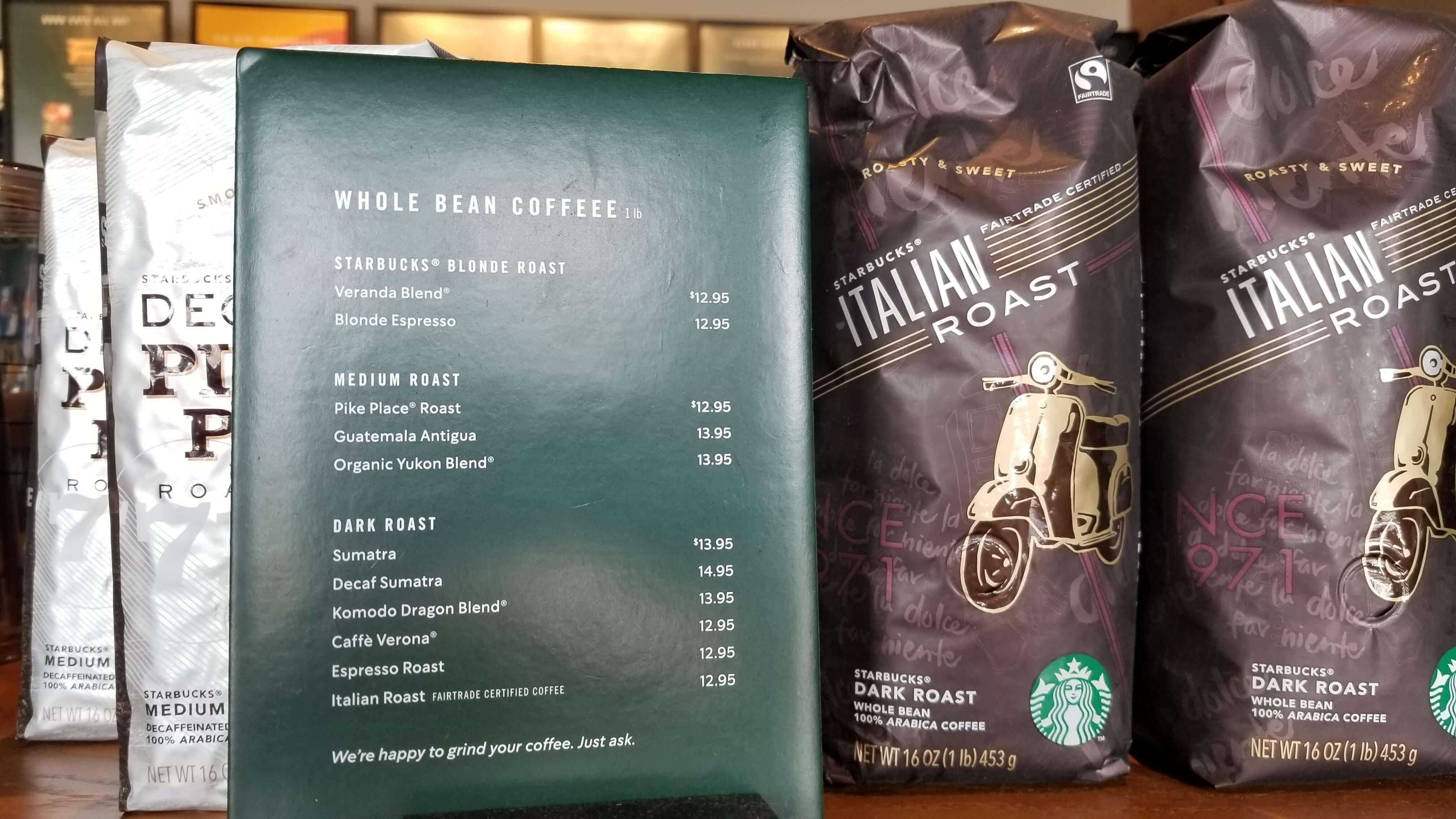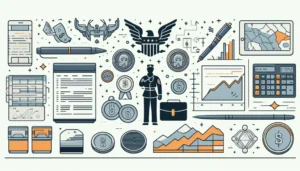From Suze Orman saying that your coffee habit is costing you $1 million to David Bach’s assault on premium coffee drinks in The Latte Factor, it seems like everybody believes that coffee is your #1 financial problem.
Even famous venture capitalist and Shark Tank star Kevin O’Leary (a.k.a. Mr. Wonderful) has gotten in on the coffee hate.
We here at ChooseFI like to take more a balanced stance on coffee or any other food, drink, or experience that you enjoy. Your overall savings rate is really what counts, not necessarily the specifics of how you get there.
If you want to grab a Starbucks cappuccino every once a while, you’ll just need to make sure that it shows up in your budget. And to make room for your coffee habit in your budget, you may have to cut out other discretionary expenses.
But, on the other hand, Mr. Wonderful and all of the other “coffee haters” are right about one thing.
Making coffee at home can save you a ton of money!
But just how much can you save by filling up your travel mug with coffee made at home instead of picking up a cup from the local coffee shop?
Well, that all depends on how expensive your coffee taste is and how much work you’re willing to put in. From K-Cups or Folgers, we’ll show you how much you could save by making coffee at home.
K-Cups
K-cups are about as convenient as making coffee at home can get. You pop the K-Cup into the machine, press your desired cup size, and that’s it. Sixty seconds later you have your cup of coffee.
But that convenience comes with a cost. You’ll generally pay more per cup with K-Cups than a brewed coffee. Yet, if you’re one of those people who pull through the coffee shop drive-thru every day on your way to work, K-Cups will still save you a ton of money.
Finding The Average Cost Of A Coffee Shop Cup Of Coffee
At most coffee shops, you’re going to pay $1.50 to $2.50 for a small cup of regular brewed coffee. For instance, at my local Dunkin’, a small coffee costs $1.79. And at the local Starbucks where I’m sitting right now writing this article, they charge $2.65 for a small coffee.

Yeah, it pains me to even admit that I paid that much for a cup of coffee. But, hey, I get free refills (that’s what I tell myself to soothe my conscience).
Of course, where you live, where you buy your coffee, and what you drink will cause your “average” cup price to be different. Obviously, if you typically buy your coffee at 7-Eleven (no judging), you’re probably going to pay less. On the other hand, if you’re regularly buying specialty drinks or larger sizes, then your cost per cup will be higher.
But for the sake of comparing making coffee at home to buying it at stores, let’s say that the unofficial “official” average cost of a coffee shop cup of coffee is around $2.00. As someone who’s frequented coffee shops all around the country, I think that’s a fair number.
How Much Could K-Cups Save You?
So how much will you pay per cup if you go the K-Cup route? Expect to pay 30 to 50 cents per cup.
Even with the most expensive K-Cup brands, you’ll pay around 75% less than you’ll pay at a coffee shop. Let’s say that you bought a coffee every day on the way to work. That would be about 20 cups of coffee a month. At $2.00 a cup, you would be paying $40/month in coffee cost and $480 annually.
By switching to an average K-Cup brand (let’s go with 35 cents a cup), your monthly coffee cost would drop to $7/month and $84 per year. That’s a monthly savings of $33 and an annual savings of $396.
Specialty Brewed Coffee
Now let’s transition into talking about how much more you can save by brewing ground coffee vs. taking the Keurig route.
Let’s begin by talking about specialty coffees. If you’re a coffee connoisseur (some people might call you a coffee “snob,” but again, we’re in a judgment-free zone here), you may have a favorite coffee roaster in town or online that you like to buy your coffee from.
If so, your homemade coffee is probably going to taste fantastic but you’re also going to pay a premium. We have several coffee roasters in my area. I checked the prices on four of their websites and they each charge $15.00-$20.00 per pound of coffee. Depending on how strong you make your coffee, you should be able to get about 80 cups of coffee out of a 1 pound bag.
So if we took $17.50 as the “average” cost of a premium bag of coffee, you’re looking at a cost of around 22 cents a cup. So, yes, even the most expensive brewed coffee will typically be less expensive than the average K-cup.
Again, if you bought coffee every weekday, switching to brewing specialty coffee at home would net you a monthly savings of around $36 and an annual savings of $427.
Name-Brand Brewed Coffee
OK, so now let’s move to your average name-brand brewed coffee. These are your mainstream coffee brands like Starbucks, Dunkin’, 8 O’ Clock, Seattle’s Best, and others.
These brands will almost always be less expensive than bags of coffee from specialty roasters. Depending on which deals you find, you should be able to buy a bag of name-brand coffee for $6-12 per pound (things can get a bit confusing because a lot of the bags out there are 12-ounce bags). Let’s go with an average of $9 per pound. That would drop your per cup cost down to 11 cents.
Sticking with the average of 20 cups of coffee a month, making your Starbucks at home instead of getting it from the drive-thru would increase your savings to around $38/month and over $450/year.
Discount-Brand Brewed Coffee
OK, now let’s talk about discount-brand coffee. This would include brands like Folgers or Maxwell House. If you’re not picky with your coffee and you don’t mind drinking these brands, you’re probably looking at a cost per pound of $3 to $4.
Using $3.50 as the average cost per pound of discount coffee, that works out to a ridiculously low per-cup cost of 4 cents.
At 20 cups of coffee a month, discount brewed coffee made at home would result in a monthly savings of over $39 and an annual savings of $470.
Other Ways to Save
If you like a certain brand of coffee but you’d like to pay less than the average cost per bag, you may be able to save by buying your coffee at a warehouse club store like Sam’s Club or Costco.
For instance, Starbucks House blend is selling at my local Starbucks for the price listed below.
It’s selling on Amazon for 56 cents/oz. But when I checked my local Sam’s Club, I can get the price down to 44 cents/oz.
You may also be able to save by taking advantage of local deals. For instance, all of the Dunkins in my town have the same franchise owner. And they all offer this crazy deal 0f 4 (1 pound) bags of coffee for $20. That works out to $5 per pound! For this reason, this is our go-to spot for buying coffee. We drop $20 every few months and that covers our in-home coffee making for 2-3 months.
So, yes, you can find all kinds of creative ways to reduce your coffee expense each month. But by just deciding to make coffee at home at all, you’ll be saving a big chunk of money each month and year. That’s true even if you go with the super convenient route (K-cups) or premium coffee.
Conclusion
No matter which route you take, making coffee at home could you save a minimum of $400 this year.
And if you’re someone who regularly buys iced coffees, lattes, and macchiatos from your local coffee shop, switching to home-brewed coffee could save you even more. I know several people who get Starbucks or Dunkin’ lattes on a daily basis. If that’s you, your annual savings could easily push closer to $1,000. Think about what else you could use that money for.
And if you invested that 1,000 for 30 years at a 10% annual return, you would have built yourself a nice $180,000 nest egg.
…OK, now I sound like Mr. Wonderful.
Related Articles




